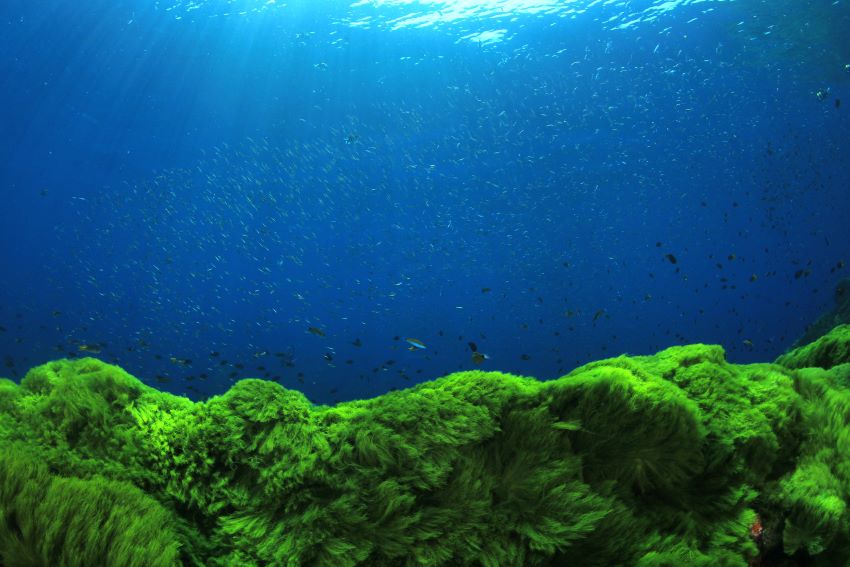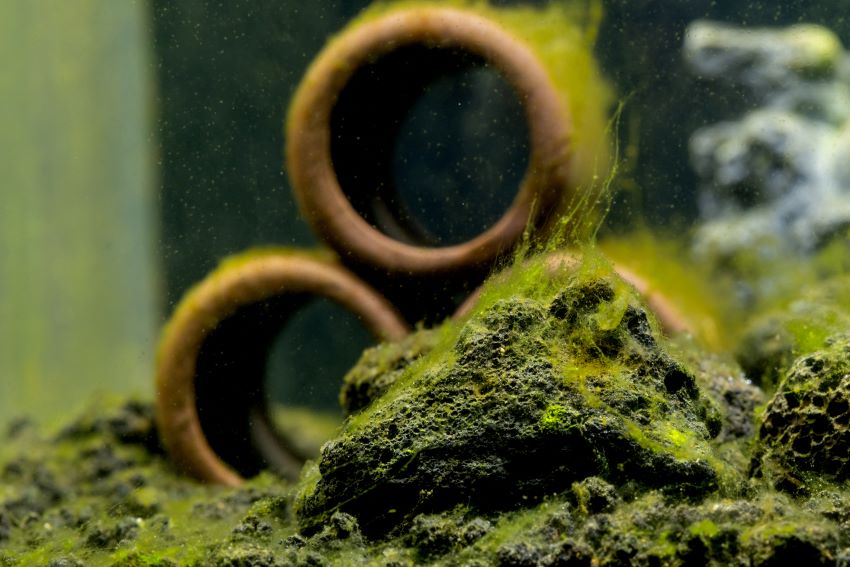
Not All Algae Is Bad
Algae is one of the most beneficial elements in an aquarium, especially for fish and other aquatic life. Algae help keep the water clean by consuming nitrates and phosphates in the water, which can otherwise build up and become toxic. Algae also provide food sources to fish and other aquatic creatures, such as mollusks, copepods, worms, and even corals. For example, many algae produce a compound called beta-carotene, a precursor to vitamin A; this is essential for healthy eyesight in fish. Furthermore, certain types of algae also provide oxygen to the ecosystem by photosynthesizing during daylight hours. This helps maintain proper levels of dissolved oxygen in aquariums but also helps promote the growth of beneficial bacteria that can help break down waste products from fish into less harmful forms. Finally, certain types of algae can also help buffering pH levels; this is important since pH fluctuations can damage aquatic life. In summary, algae have many benefits in an aquarium environment and should be actively encouraged as part of a good tank maintenance regimen.


